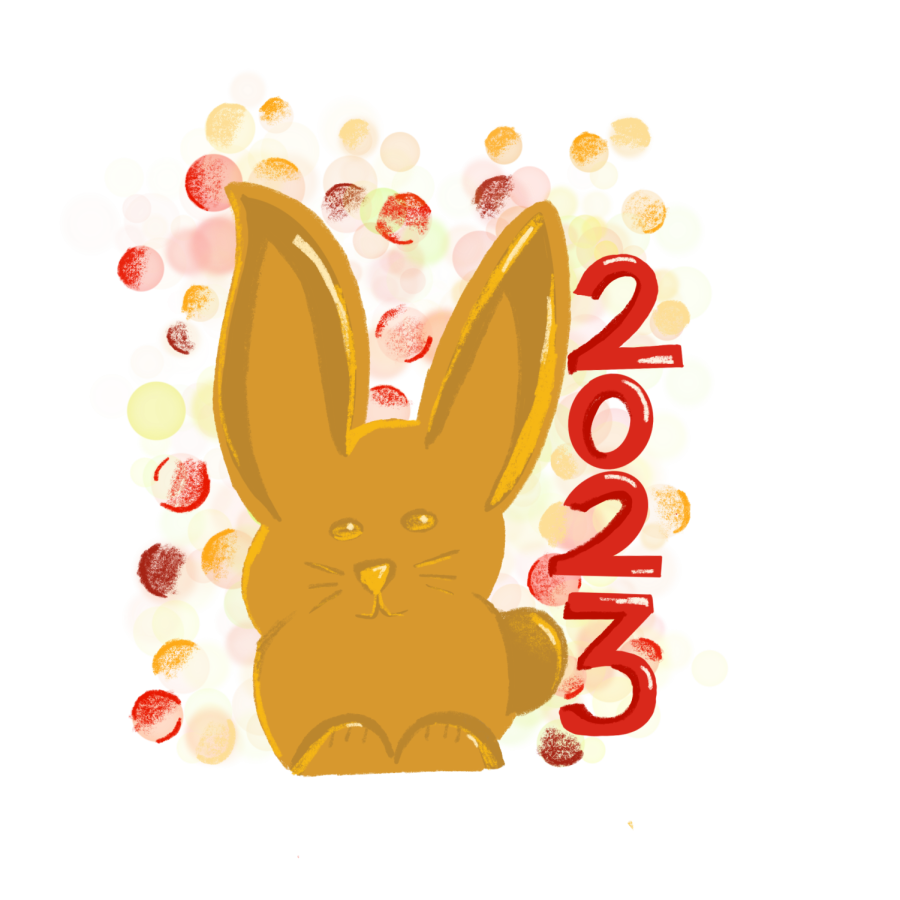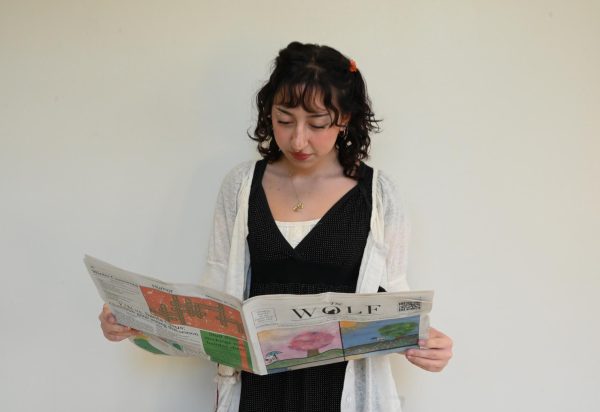Lunar New Year provides multiple ways to celebrate
February 10, 2023
Among East and Southern Asian cultures, the Lunar New Year is one of the most important celebrations. Over many days, Chinese, Vietnamese and Korean communities celebrate the beginning of spring and honor their ancestors. The year typically begins with the first moon that occurs between Jan. 21 and Feb. 20. This year, Lunar New Year began on Jan. 22.
The traditions people celebrate in different cultures can vary depending on background. Tualatin High School student Lola Chin, who takes part in both Chinese and Korean cultures, shared some of her insight on how she celebrates the holiday. She celebrates both the Lunar New Year and Seollal, which is the Korean New Year, as well as Jan. 1, which is considered the “Western” New Year and follows the Gregorian calendar.
Chin celebrates by having a party with her family with a lot of red decorations as well as dragon imagery. The color red symbolizes luck, joy and happiness. Chin’s family wears traditional clothing, such as Chinese dresses called Cheongsam and Korean dresses called Hanbok. Chin’s favorite part of the holiday is the tradition of hóngbāo, which are red envelopes filled with money given to young children or unmarried relatives.
Her family eats a combination of Chinese and Korean foods, her favorites being bulgogi, which is Korean beef, tteokbokki, which are Korean rice cakes, some type of dumplings or mandu, sticky rice balls and peking duck.
An important part of the Lunar New Year is zodiac animals. Every Lunar New Year can be represented by one of 12 zodiac animals: the rat, ox, tiger, rabbit, dragon, snake, horse, sheep, monkey, rooster, dog and pig. Not only are there zodiac animals, but there are elements that correspond with the animals: earth, water, fire, wood and metal. This year is the year of the rabbit, which we haven’t had in 12 years. The last year of the rabbit was in 2011.
Each tradition symbolizes prosperity, abundance and togetherness. Some households will thoroughly clean before the new year to get rid of negative spirits that could have been collected during the past year. Cleaning opens space for goodwill and good luck.
Different cultures all have different ways of greeting each other during the holiday celebration. In Mandarin, people say, “Xīnnián hǎo,” as a way to wish family and friends a good new year. It means, “Good New Year.” A way to wish a happy new year can be, “Xīnnián kuàilè.” In Korea, South Koreans say, “May you receive lots of luck in the new year” by saying, “Saehae bok mani badeuseyo.”
Although there are many different ways to celebrate, some traditional and some not, the beauty of this prosperous holiday will always shine through.


